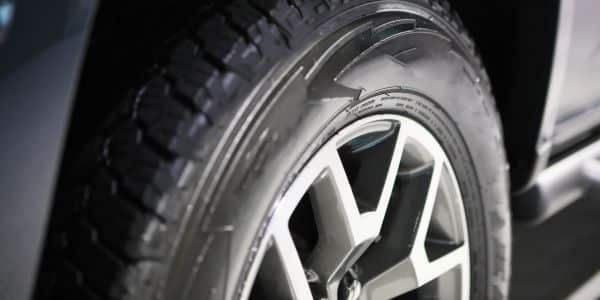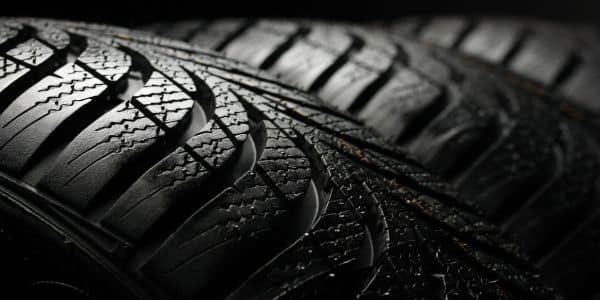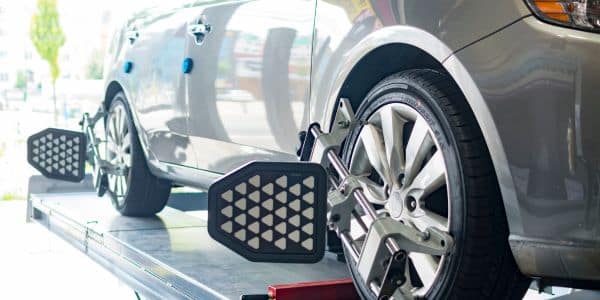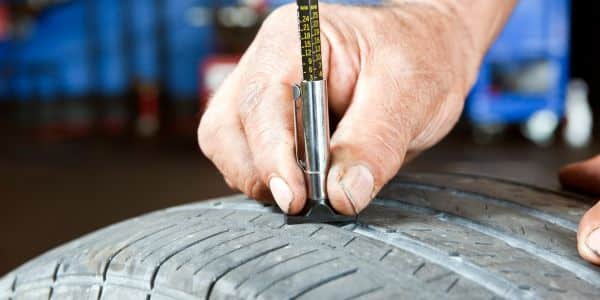
- huge tire selection
- competitive pricing
- nationwide warranty
- same day availability
A Comprehensive Guide to Car Tires
Whether you’re a car enthusiast or just an everyday driver, understanding car tires is essential for vehicle safety, performance, and efficiency. In this comprehensive guide, we’ll discuss the basics of car tires, their types, and how to choose the right tires for your vehicle. We’ll also cover essential tire maintenance and safety tips. Let’s dive in!
Understanding the Basics of Car Tires
Car tires are more than just rubber rings—they are complex, engineered components designed to provide traction, stability, and a smooth ride. They support the vehicle’s weight, transmit braking and acceleration forces to the road, and help maintain directional control. But how do you choose the right tires for your car?
Types of Car Tires
There are various types of car tires, each with its unique characteristics and advantages. Here are the most common types:

All-Season Tires
All-season tires are designed to provide balanced performance in various weather conditions. They have moderate tread patterns, providing a good balance between wet and dry traction, as well as some light snow capability. These tires are perfect for drivers who live in regions with mild climates and don’t require specialized tires for harsh weather conditions.

Summer Tires
As the name suggests, summer tires are designed for optimal performance in warm weather. They feature unique rubber compounds and tread patterns that offer excellent grip and handling on both wet and dry roads. However, they’re not suitable for cold temperatures or snowy conditions.

Winter Tires
Winter tires, also known as snow tires, are specifically designed for driving in cold, snowy, and icy conditions. They feature soft rubber compounds and unique tread patterns that help maintain grip and traction in challenging winter weather. Remember, though, they aren’t ideal for warm-weather driving as their performance declines in higher temperatures.

Performance Tires
Performance tires are designed for high-performance vehicles and spirited driving. They often have stiffer sidewalls, larger tread blocks, and specialized rubber compounds for improved handling, cornering, and traction. These tires may sacrifice some ride comfort and tread life for better performance.
How to Choose the Right Tires for Your Vehicle
To choose the right tires, consider factors like the climate you live in, the type of vehicle you drive, and your driving style. Always check your vehicle’s owner’s manual for the manufacturer’s recommended tire size, type, and load-carrying capacity.
Tire Size and Specifications
Tire size is crucial when choosing the right tires. Your vehicle’s tire size is specified on the sidewall, and it typically includes information about the tire’s width, aspect ratio, and diameter. Make sure to match the tire size with your vehicle’s specifications to ensure optimal performance and safety.
Tread Patterns
Tread patterns play a significant role in a tire’s performance in various driving conditions. There are three primary types of tread patterns: symmetrical, asymmetrical, and directional. Symmetrical treads have a uniform design across the tire, providing a smooth and quiet ride. Asymmetrical treads have different patterns on the inner and outer sides, offering a balance between wet and dry performance. Directional treads have a V-shaped pattern, providing excellent traction in wet conditions and at high speeds.
Tire Maintenance and Safety
Proper tire maintenance is crucial for maximizing tire life, ensuring vehicle safety, and maintaining fuel efficiency. Here are some essential tire maintenance tips:

Proper Inflation
Maintaining the correct tire pressure is vital for optimal tire performance and safety. Underinflated tires can cause increased rolling resistance, leading to reduced fuel efficiency and faster tread wear. Overinflated tires can reduce traction and cause a harsher ride. Check your tire pressure at least once a month and before long trips.

Regular Tire Rotation
Rotating your tires regularly helps ensure even tread wear, prolonging the life of your tires. Typically, it’s recommended to rotate your tires every 5,000 to 7,000 miles. Consult your vehicle’s owner’s manual for specific recommendations.

Wheel Alignment
Misaligned wheels can cause uneven tire wear and negatively impact your vehicle’s handling. It’s essential to have your wheel alignment checked periodically, especially if you notice your car pulling to one side or if you’ve hit a significant pothole or curb.

Tread Depth
Monitoring your tire’s tread depth is crucial for maintaining traction and safety. As the tread wears down, your tires lose their ability to grip the road, especially in wet conditions. Most tires have built-in treadwear indicators, but you can also use a penny to check the tread depth. If the tread is worn down to 2/32 of an inch, it’s time to replace your tires.
Conclusion
Understanding car tires is essential for vehicle safety and performance. By familiarizing yourself with the different types of tires, tire size, and tread patterns, you can make informed decisions when selecting and maintaining your tires. Regular tire maintenance, including proper inflation, rotation, and alignment, will ensure a safe and smooth ride for you and your passengers.
Frequently Asked Questions
How often should I replace my car tires?
The lifespan of a tire depends on factors such as driving conditions, maintenance, and the tire’s quality. Most tires last between 25,000 and 50,000 miles, but it’s essential to monitor your tire’s tread depth and replace them when necessary.
Can I mix different types of tires on my vehicle?
It’s generally not recommended to mix different types of tires, as it can lead to uneven handling and accelerated tread wear. Always consult your vehicle’s owner’s manual for guidance on tire compatibility.
What is the proper tire pressure for my car?
The recommended tire pressure for your vehicle can be found in the owner’s manual and on a sticker located on the driver’s side door jamb. Always check the tire pressure when the tires are cold, as driving can cause the pressure to increase.
Do I need to use the same brand of tires on all four wheels?
While it’s not strictly necessary to use the same brand of tires on all four wheels, it’s advisable for optimal handling and performance. Mixing different brands can result in uneven tread wear and handling characteristics.
How can I maximize the life of my tires?
Proper tire maintenance, including regular tire rotation, proper inflation, and wheel alignment, can help prolong the life of your tires. In addition, practicing safe driving habits, such as avoiding sudden stops and starts, can also help extend your tires’ lifespan. Finally, always choose high-quality tires that are suitable for your vehicle and driving conditions.
